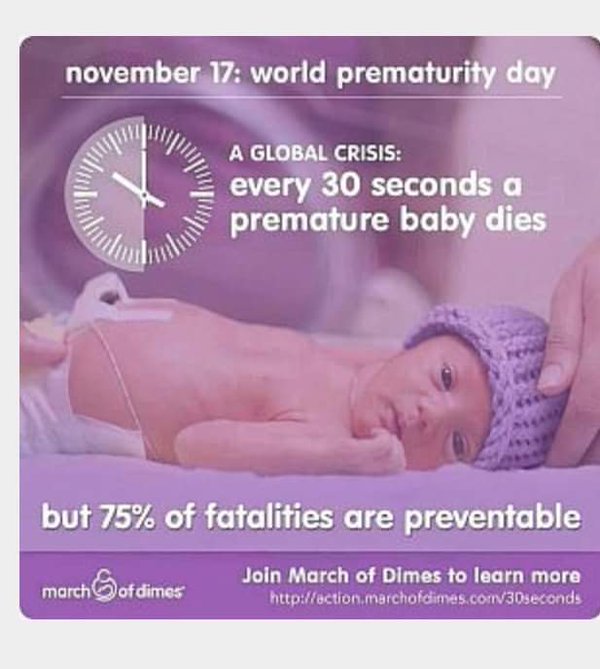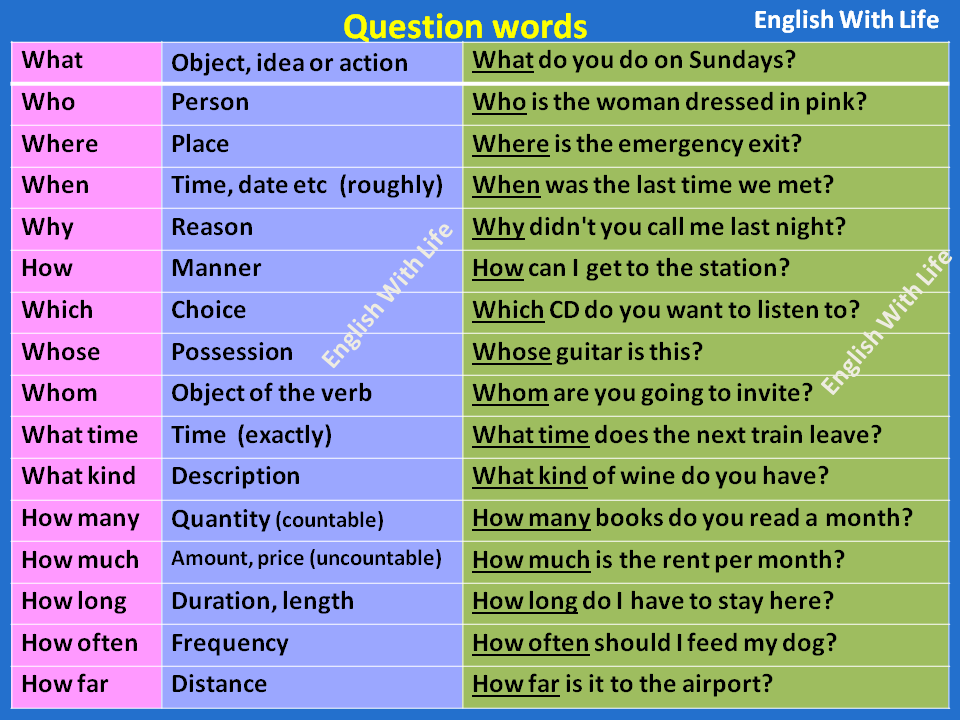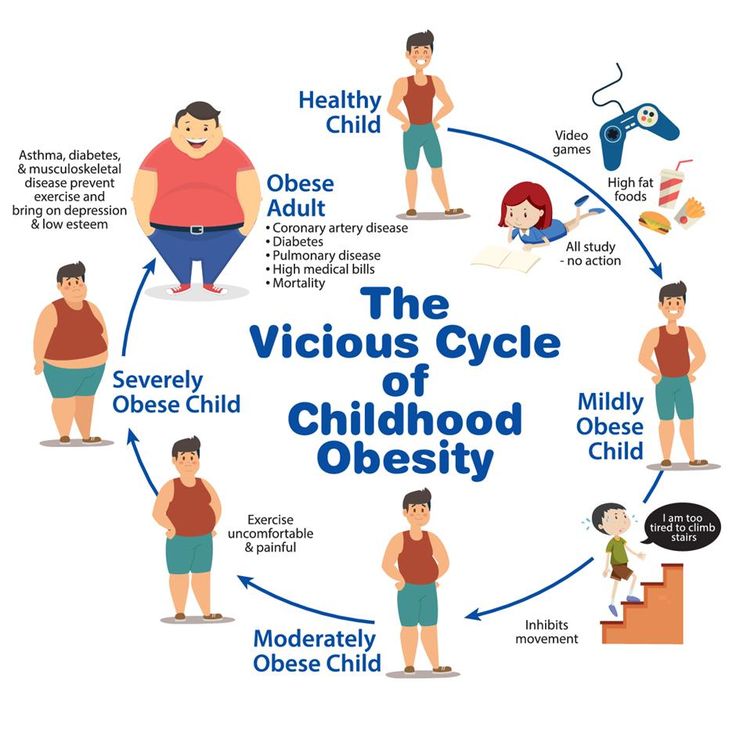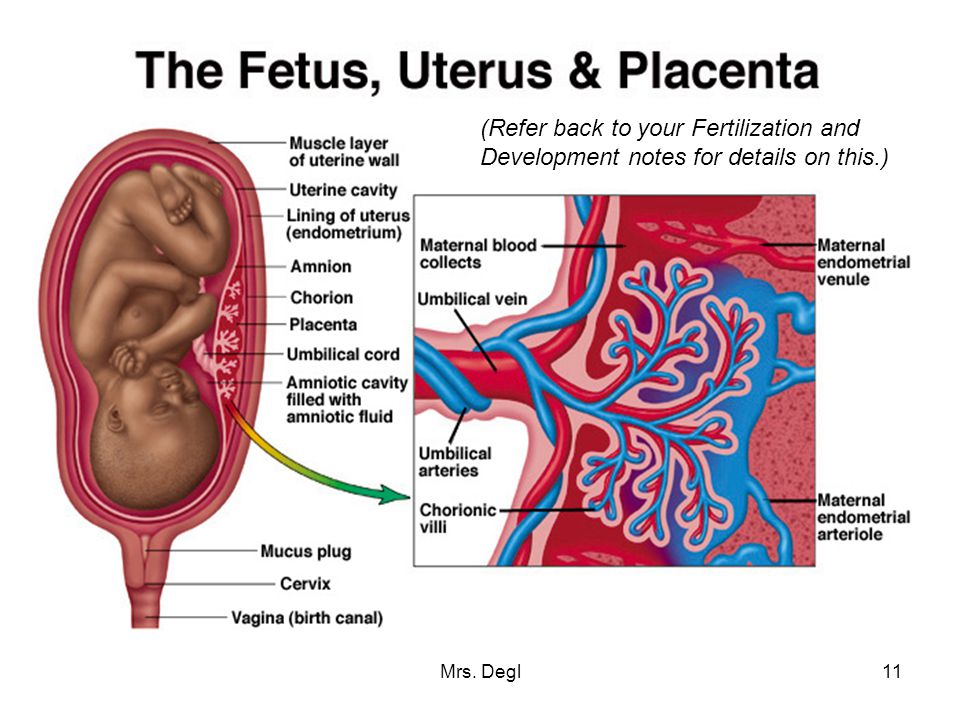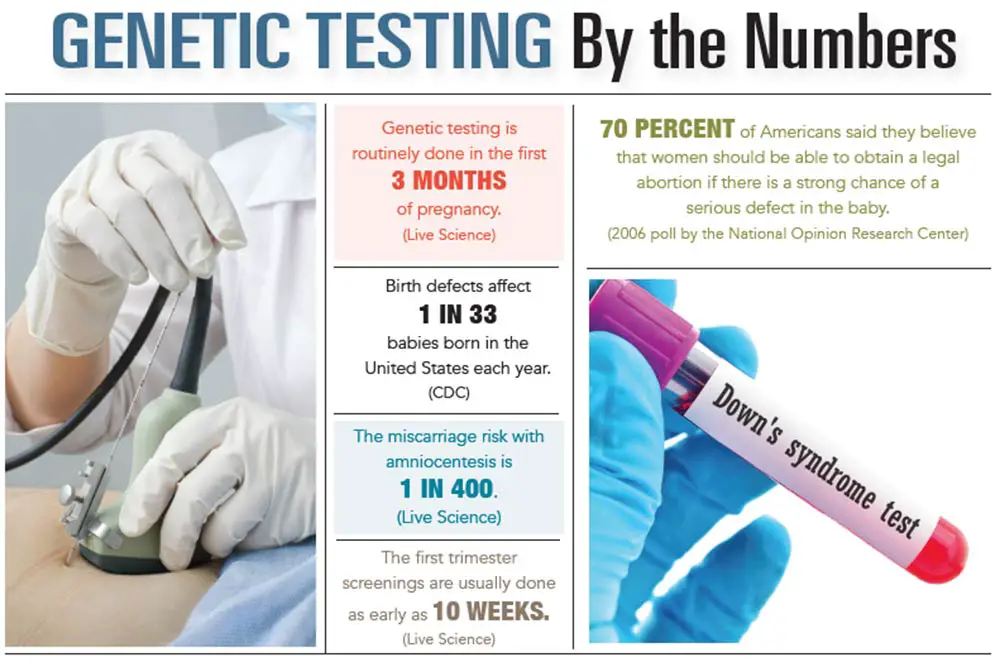Traveling with infants internationally
12 tips on how to travel internationally with a baby
Traveling with an infant is already an adventure -- and traveling abroad with one is an even bigger feat to tackle.
Knowing the rules, researching and prepping ahead of time and packing the right things can make (or break) your first international trip with a baby. If you're in the know, you can take advantage of all the options afforded to traveling families, from bassinets on the plane and security shortcuts to special infant fares and other perks.
Covering everything from booking and documents to travel insurance and even jet lag, this guide provides everything you need to prepare for an international trip with your baby.
Want more travel news and advice from TPG? Sign up for our daily newsletter.
Get your baby's passport
Before you get too far into planning a trip abroad, you'll need to get your baby's first passport.
While you're at it, make sure everyone else in the family has a valid passport, too. Remember, U.S. passports for children under 16 expire after five years, not 10 years like adult passports. Also, make sure everyone's passport isn't nearing expiration. Many countries require three or six months of validity to enter, which effectively means that child passports are really only valid for 4 1/2 years, which go quickly.
When getting a passport for your baby, here are the main steps to follow:
- Get their birth certificate.
- Find out where to apply.
- Make an appointment. You'll need to go in person and bring your baby with you.
- Take their passport photo. It can be difficult to get a photo of your baby. Rules for photos state that the child/baby should be looking directly at the camera with a natural smile or neutral look. If you can manage to get the baby's eyes to stay open, that's typically enough for their first passport photo.
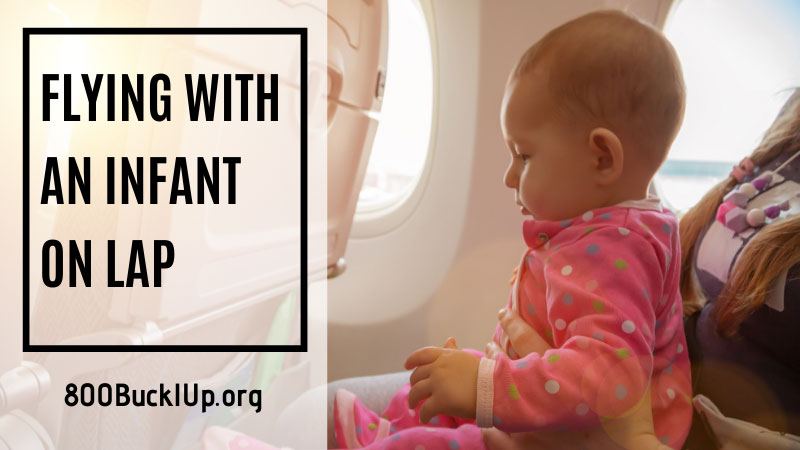 The background should be white and the size 2 by 2 inches with no filters. Within that size, your baby/child's head needs to be 1 to 1 3/8 inches (25 to 35 mm) from the bottom of the chin to the top of the head. If you're struggling to get everything just right, the ItsEasy App can help you crop and size your photo to the correct dimensions.
The background should be white and the size 2 by 2 inches with no filters. Within that size, your baby/child's head needs to be 1 to 1 3/8 inches (25 to 35 mm) from the bottom of the chin to the top of the head. If you're struggling to get everything just right, the ItsEasy App can help you crop and size your photo to the correct dimensions. - Gather the paperwork. Fill out Form DS-11 and take your baby's birth certificate plus photocopies of each document. Bring a couple of photos, a valid ID for each parent, a photocopy of parental IDs and the fee (you can pay by check). Fees are currently $100 for the passport and $35 for processing.
- Attend the appointment in person with both parents present. If only one parent can go, fill out and bring parental consent form DS-3053 plus a copy.
Get your baby Global Entry
If you already have Global Entry, you won't be able to use the service as a family if your little ones don't have it.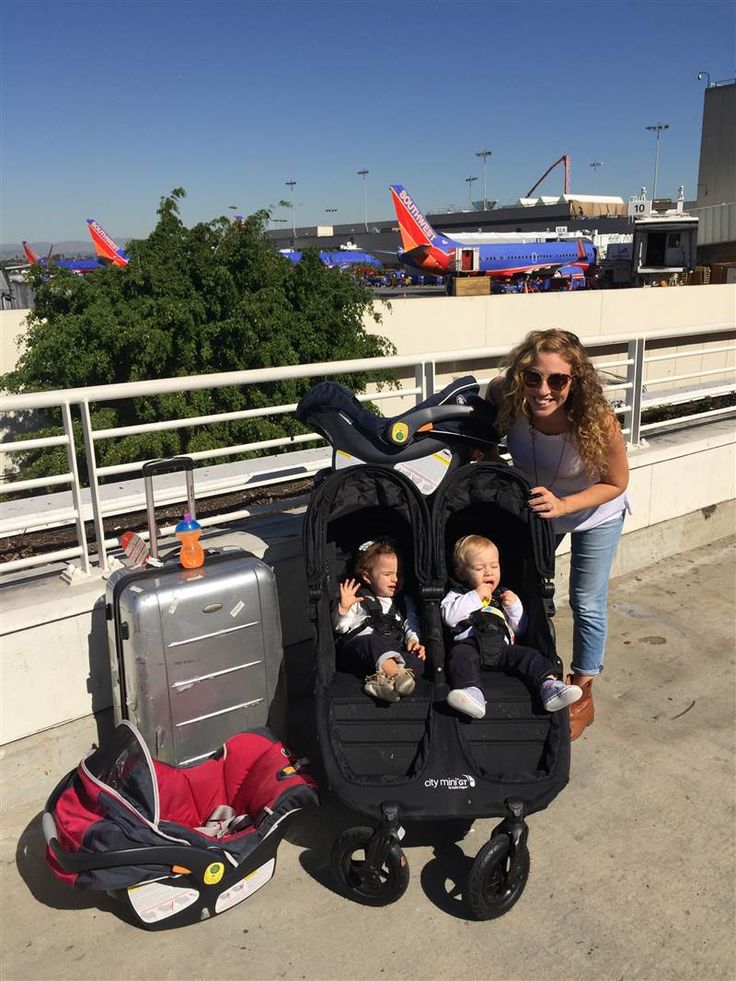 So, get a start on your baby's application. Or, if this is something your whole family wants to do, apply simultaneously, making expiration dates and renewals easier to complete for everyone at the same time.
So, get a start on your baby's application. Or, if this is something your whole family wants to do, apply simultaneously, making expiration dates and renewals easier to complete for everyone at the same time.
Do note that with TSA PreCheck, kids 12 and under won't need to have their own number to accompany parents through these special security lanes -- but that's not true for Global Entry, which you use to return to the U.S.
Check with your doctor
Check with your pediatrician to see when your baby can start flying.
To give you an idea, TPG talked to Dr. Jenny Yu, medical director at Healthline, to find out when it's typically safe for babies to travel. “While babies typically develop their immune system around 1 month, most pediatricians would recommend waiting until 3 to 6 months for travel,” she said. For premature babies, it might be a little longer.
Also, with international travel, it's important to factor in any additional vaccines they might need, especially if you're traveling to emerging countries. Start by checking with the U.S. Centers for Disease Control and Prevention for recommendations on which vaccines both adults and babies should get, then talk with your pediatrician to see what is best for your family, baby and travel situation.
Start by checking with the U.S. Centers for Disease Control and Prevention for recommendations on which vaccines both adults and babies should get, then talk with your pediatrician to see what is best for your family, baby and travel situation.
Other important questions to ask your doctor should be if your baby can wear sunblock or mosquito repellent and how to keep your baby and your whole family safe from tropical or waterborne diseases, COVID-19 and any other possible infections, which can depend highly on your destination.
Pick the right destination
(Photo by Mayte Torres/Getty Images)Whether it's a far-flung visit to Asia, a trip to visit family in Europe, a Caribbean escape or an African safari, you can travel anywhere with a baby as long as you and your family feel comfortable doing so. Choose a destination that makes you feel joy, not anxiety or stress at the thought of getting there and enjoying it with your baby.
Consider things like the activities you want to do, and if the destination is a place that feels welcoming for families. Also think about logistics, like the language barrier, climate and local transportation, when deciding if that particular destination is right for your family.
Also think about logistics, like the language barrier, climate and local transportation, when deciding if that particular destination is right for your family.
Book tickets
Depending on how old your baby is, you have some options when flying abroad with them. Here are a few to consider:
- Lap infant: If your baby is under 2 years old, they don't need their own seat. They can instead sit on the lap of a ticketed adult. For international travel, some airlines charge 10% to 30% of the adult ticket price or just the taxes and fees for a lap infant, and some airlines don't charge anything at all. This table shows the costs by airline to buy your baby a lap ticket. Make sure to check on luggage policies when traveling with a lap infant. Most airlines allow for a stroller and car seat checked free of charge. You may also be able to check or carry on additional baggage, too, but more on that later.
- Bassinet for lap infant: Many airlines have bassinet options, especially aboard larger aircraft that fly internationally.
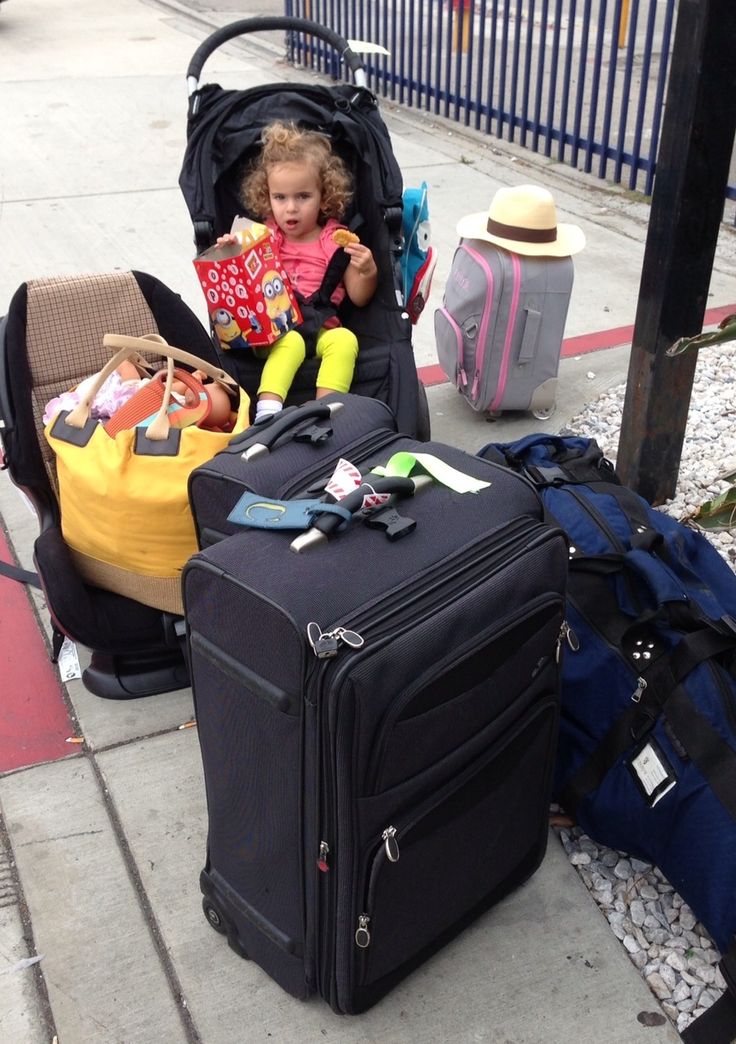 See if you can select this option while booking or call the airline for more information on securing a bassinet. Bassinets are usually free, but given to those who request them first. Ask for one right after booking to ensure you'll be assigned a seat with one when available. In most cases, bassinet weight limits max out at 20 to 24 pounds, so they're best for smaller babies and newborns.
See if you can select this option while booking or call the airline for more information on securing a bassinet. Bassinets are usually free, but given to those who request them first. Ask for one right after booking to ensure you'll be assigned a seat with one when available. In most cases, bassinet weight limits max out at 20 to 24 pounds, so they're best for smaller babies and newborns. - Extra seat with car seat or restraint for babies 2 years and up: If your baby is older than 2 years, you must pay for their seat. Many airlines have discounted tickets for children. If the child weighs more than 44 pounds, they won't need any additional restraint system within their own seat. If they weigh less than 44 pounds, see the information on a certified child restraint or car seat below.
- Additional seat with car seat or restraint for babies under 2: If your baby is less than 2 years old, you can still book them their own seat. In fact, the Federal Aviation Administration suggests that children under 44 pounds wear an FAA-approved harness (such as the CARES harness) or certified child restraint to help keep them safe during turbulence, takeoff and landing.
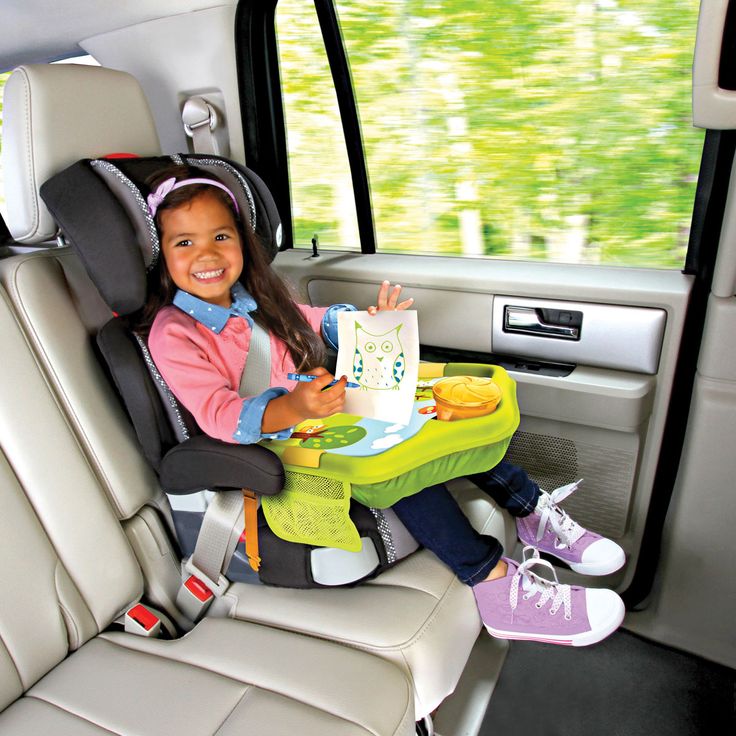 Make sure to check your car seat to see if there is an FAA-approved sticker on it.
Make sure to check your car seat to see if there is an FAA-approved sticker on it.
It's worth noting that car seat, bassinet and harness options and policies vary wildly by airline and class of service. For more information on these policies by airline, read this article on 23 airline car seat and bassinet policies around the world.
Note that when booking seats for your family on an international flight, there are areas where kids and babies are not allowed to sit, like exit rows. Malaysia Airlines doesn't allow babies in its first-class cabins on A380 and 747 aircraft. Some international airlines such as AirAsia, Scoot and IndiGo also have kid-free and quiet zones where families with babies and children under a certain age (usually 10 or 12) aren't allowed to sit.
Additionally, if your baby is closer to 2 years old, you might want to compare the price of a lap ticket to the price of getting them their own seat. Sometimes, the price difference may not be that much, and it could make the flight more comfortable for the entire family.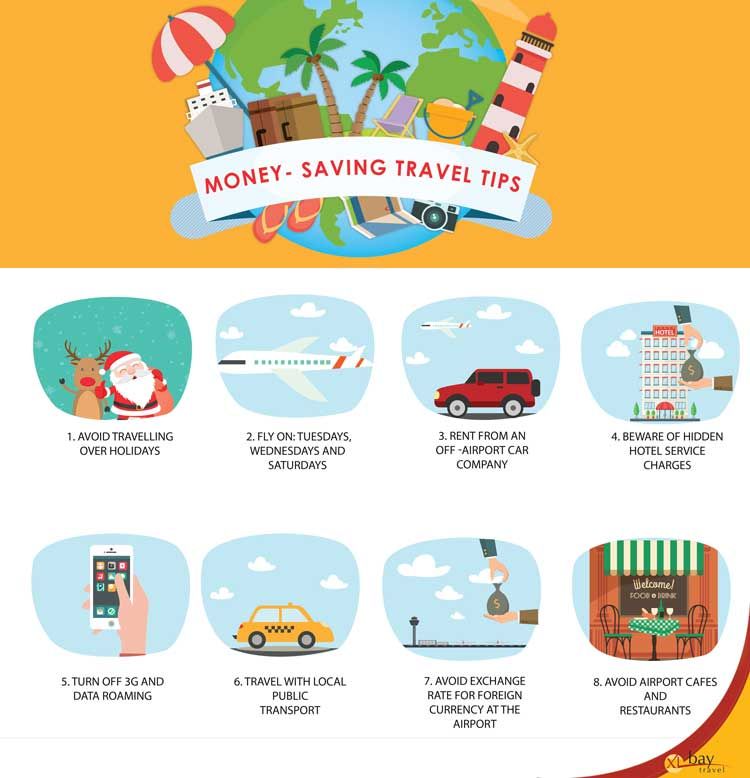
Organize documents, including visas and COVID-19 forms
Passports aren't the only documents you'll need for international travel these days. Check to see if you and your baby need a visa to enter whatever country you're visiting. If you're traveling without your partner, look into completing a Child Consent Form.
Have proof of vaccines, complete any health forms and entry forms and take those COVID-19 tests if required to enter the country. Be clear on if your baby or children need to wear masks during the flight and plan accordingly. While babies 2 and up need to wear masks on board U.S. airlines, international airlines have different rules. For example, Iberia only requires children 6 and up to wear masks. Presently, British Airways has made masking up for all passengers a "personal choice" when not required by international law. We expect these rules to continue to rapidly evolve.
It's worth checking what documents you need for the trip when booking and again before traveling to ensure that you have everything you need as rules and regulations frequently change, especially in this era of pandemic travel.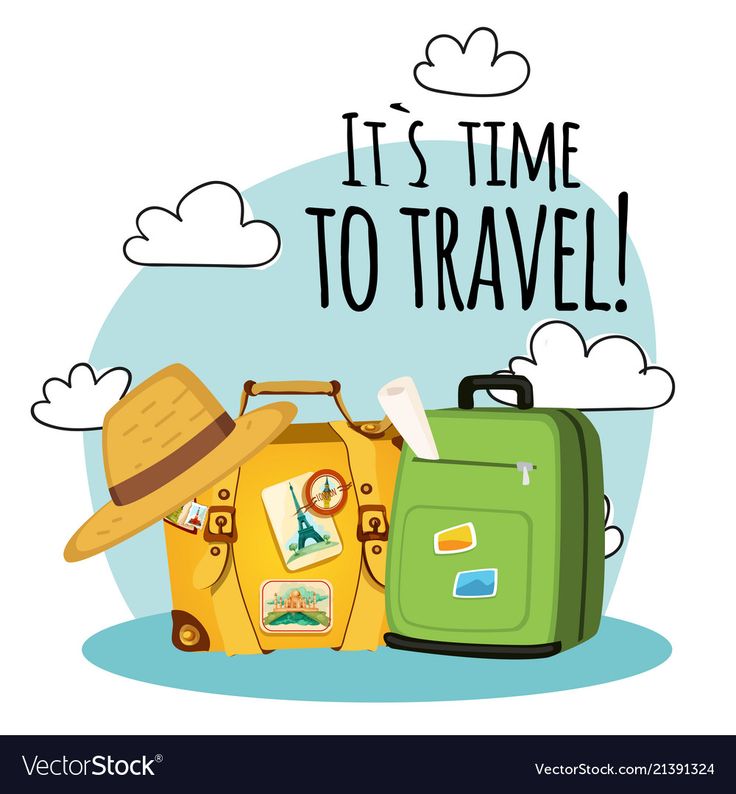
Understand luggage rules
Check luggage requirements before packing and flying. (Photo by freemixer/Getty Images)Different airlines have varying rules for how much luggage you can take when traveling abroad, especially when traveling with lap infants or children/babies occupying their own seats. Most airlines allow you to check a stroller and/or car seat. Many also offer additional checked luggage, as well as a carry-on bag or item for the baby.
For example, British Airways allows both lap infants and children ages 2 and up to have a carry-on item and a checked bag in most cases, giving parents a little flexibility when bringing along all those key items babies need. Cathay Pacific allows lap infants two additional bags at 10 kilograms each when flying between most destinations.
If you aren't clear on the luggage rules, call the airline before traveling to confirm so you won't get stuck with any surprises or have to pay additional fees.
Know the rules for breast milk and formula
Thanks to the Friendly Airports for Mothers Improvement Act, all large- and medium-size airports in the U.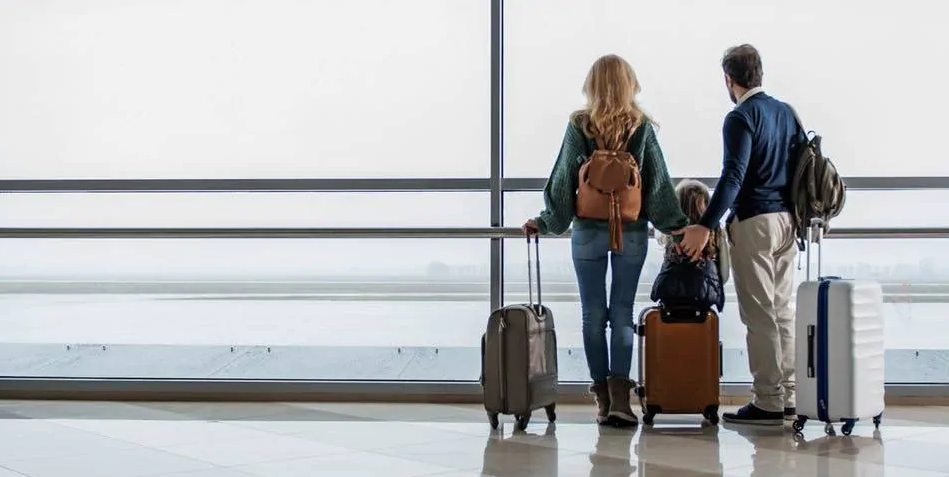 S. now provide lockable, non-bathroom places to pump or nurse babies in every terminal and at least one men's and one women's restroom with changing tables in each terminal. This may not be the case abroad, so if you're concerned, research your destination airport to see what options are provided when it comes to these services.
S. now provide lockable, non-bathroom places to pump or nurse babies in every terminal and at least one men's and one women's restroom with changing tables in each terminal. This may not be the case abroad, so if you're concerned, research your destination airport to see what options are provided when it comes to these services.
You shouldn't have any issues flying with breast milk or formula on your outbound trip from the U.S., as regular Transportation Security Administration liquid regulations don't apply to these special liquids. According to the TSA, "reasonable quantities" of these liquids are allowed, but you must take them out during screening for the security officer to test.
You can look up rules to see what's allowed when returning from your destination. For example, the United Kingdom allows breast milk past security in containers up to 2,000 milliliters. You can also take formula, milk and bottled water for the baby, but the baby must be present. In the European Union, you can take breast milk and formula through security and when flying as long as your baby is traveling with you.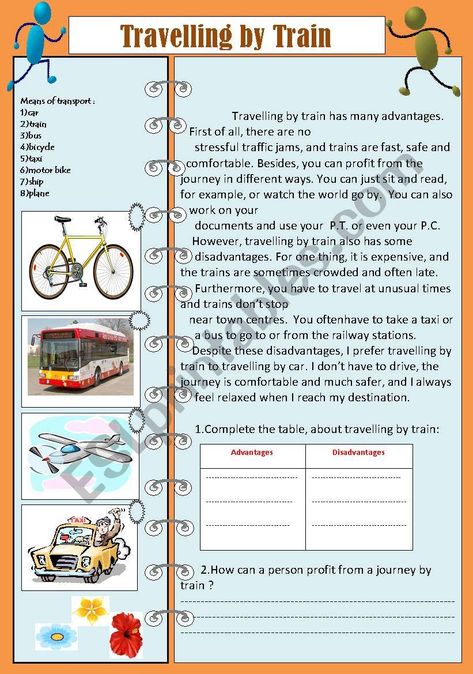
Your airline may also provide clarity on these types of rules. Cathay Pacific, for example, states that breastfeeding is allowed during all phases of the flight, using an electric pump is allowed once electric devices can be switched on and travelers can even bring along suitably packed dry ice to refrigerate expressed milk, assuming it's declared during check-in.
According to some airlines, if you're taking a large breast pump along, this may count as a medical device and not be part of your carry-on allowance, but these regulations often aren't very clear. Contact your airline for more information and print out the rules in case you have any issues during security screening or boarding.
If you're traveling from a very obscure destination within an emerging country and you can't find answers about bringing breast milk, it may be best to have a Plan B in place, such as bringing along enough formula in powder form to last you for the flight or planning to pump or breastfeed in flight.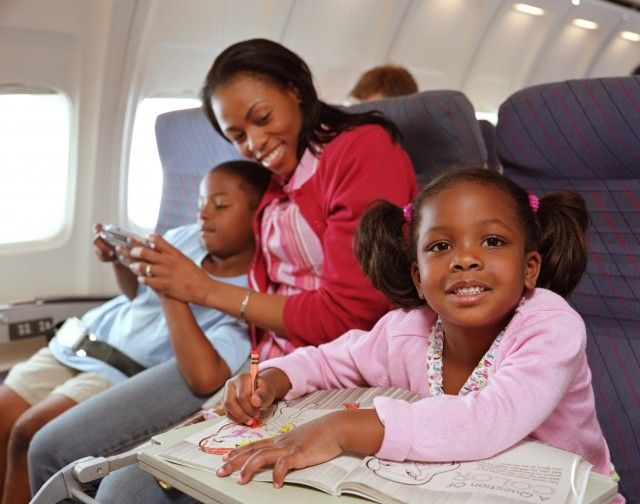
Should you want to ship your breast milk abroad, options are available for you depending on your destination, such as Maven Milk and Milk Stork.
Book accommodations
When booking accommodations in your destination abroad, take things into account like baby necessities, baby-friendly items, the option to do laundry and the availability to heat, cool and store milk and formula. Choosing a vacation rental instead of a hotel may be the right idea if you need more space, a kitchen and laundry facilities.
If your baby is eating solid foods, make sure there are restaurants or supermarkets nearby where you can get exactly what you need. Doing a little pre-trip research can help you feel confident and comfortable when traveling with your baby regardless of which hotel or home rental you choose to stay in.
Pack strategically
Packing with a baby can seem precarious, but it doesn't have to be. Just make sure you have enough of everything you need to get through the flight, plus a bit extra in case of delays or cancellations. For an exact list of everything you need to pack, see this article on how to pack -- and prepare -- for travel with a baby.
For an exact list of everything you need to pack, see this article on how to pack -- and prepare -- for travel with a baby.
For extra-long flights, try to have everything to help your baby comfortably nap on hand, like a lovey, blanket, pacifier and more. Have changes of clothes on hand for the whole family in case of a messy situation, and enough layers for a plane that may be hot or chilly. A baby carrier can be key, too.
When packing for a trip abroad, the most important items to remember are everyone's passport, visa and key documents, plus anything essential that you know you can't get in another country. Babies live all over the world, so you can easily get items like diapers, wipes, formula and more anywhere. However, you may not find the exact brand you want, or if you're going somewhere rural or far-flung, like on a safari in Africa, you may want to bring enough for your entire trip.
For example, Enfamil, a popular baby formula brand, is found all over Europe and even in the Caribbean and Latin America. However, it may not be available in Africa or Asia, so do your homework.
However, it may not be available in Africa or Asia, so do your homework.
If you're traveling with items that need to plug in to charge, like a breast pump, baby monitor or nightlight, bring converters if necessary. You can always rent baby items abroad, too, rather than lugging everything along with you. It's possible to preorder diapers and wipes in many destinations, as well.
Strongly consider travel insurance
Things happen. While getting the flu abroad may not be a big deal for an adult, a sick baby can be scary and stressful, especially if you're in a foreign country. Having travel insurance that covers accidents and emergencies -- and COVID-19, too -- can set your mind at ease and save the day if something happens.
Before travel, note where the nearest hospital or health care facilities are, as well as any international hospitals where staff may be more likely to speak English. Know exactly how to use your insurance, like what numbers to call or what to do if a situation arises.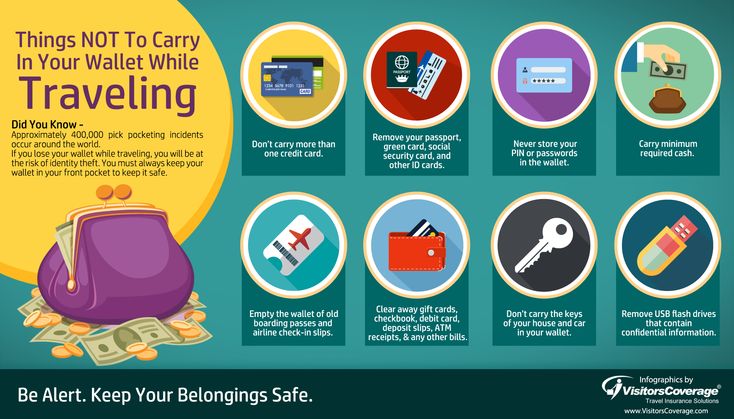 Check if any of your credit cards have travel insurance that may cover you and your family if things go awry.
Check if any of your credit cards have travel insurance that may cover you and your family if things go awry.
Plan for jet lag
Jet lag is never fun, but there are ways to lessen its effects. (Photo by Jose Luis Pelaez Inc/Getty Images)Jet lag stinks. Jet lag with a baby might be even worse. There are things you can do to make jet lag a little less stressful, though, especially when traveling abroad to very different time zones.
First, give yourselves a few days to adjust, planning big events later in the trip. Limit your baby's naps when possible. If your baby takes a five-hour nap, they definitely won't be sleeping through the night.
Shift mealtimes, naptimes and bedtimes to the new time zone as quickly as possible, getting daylight during the day and darkness at night, so internal clocks begin to adjust for the whole family. If the time zone difference is small, you may want to keep your baby on the original time zone to minimize disruption, especially for a shorter trip.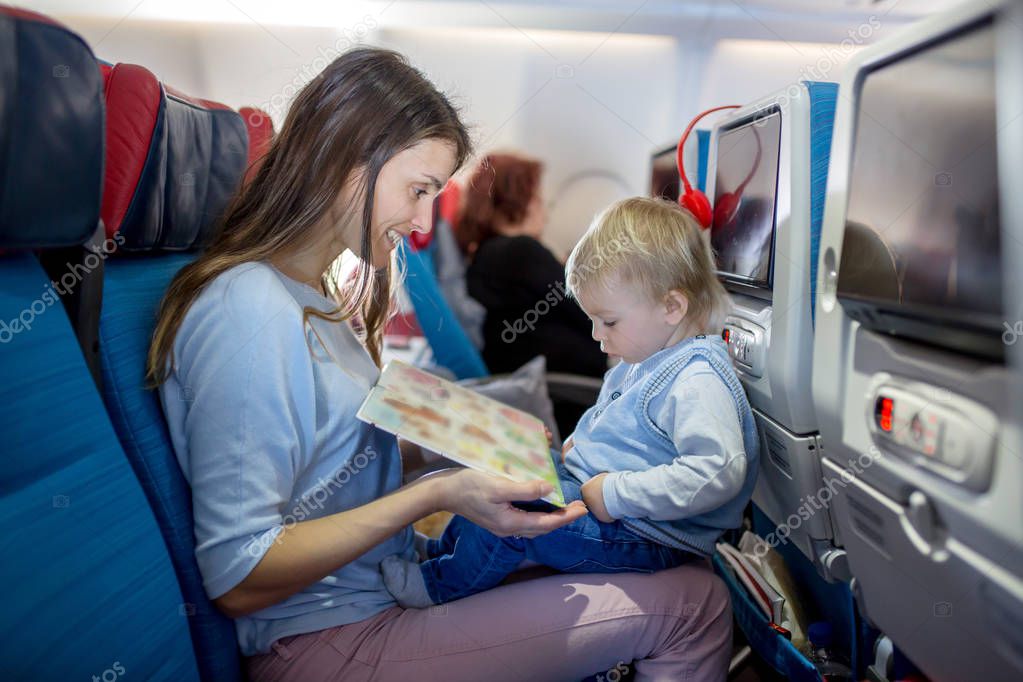
For more tips on combating jet lag with a baby in tow, read this guide on surviving jet lag with your baby.
Bottom line
Planning and taking an international trip with a baby can be simple and create memories for a lifetime if you prepare just right. With a little bit of extra research, you'll be armed with everything you need to know, do and bring to make your trip abroad smooth and hassle-free.
Editorial disclaimer: Opinions expressed here are the author’s alone, not those of any bank, credit card issuer, airline or hotel chain, and have not been reviewed, approved or otherwise endorsed by any of these entities.
How to Travel Around the World With a Baby
When I got pregnant, my husband and I weren’t worried about the effects on our social life, sex life, or sleep schedules (perhaps a little on the last front). Our main concern was how having a baby would affect our travels. Most frequent jet-setters have heard similar refrains while pregnant: “Get your travel done now, because one that baby comes .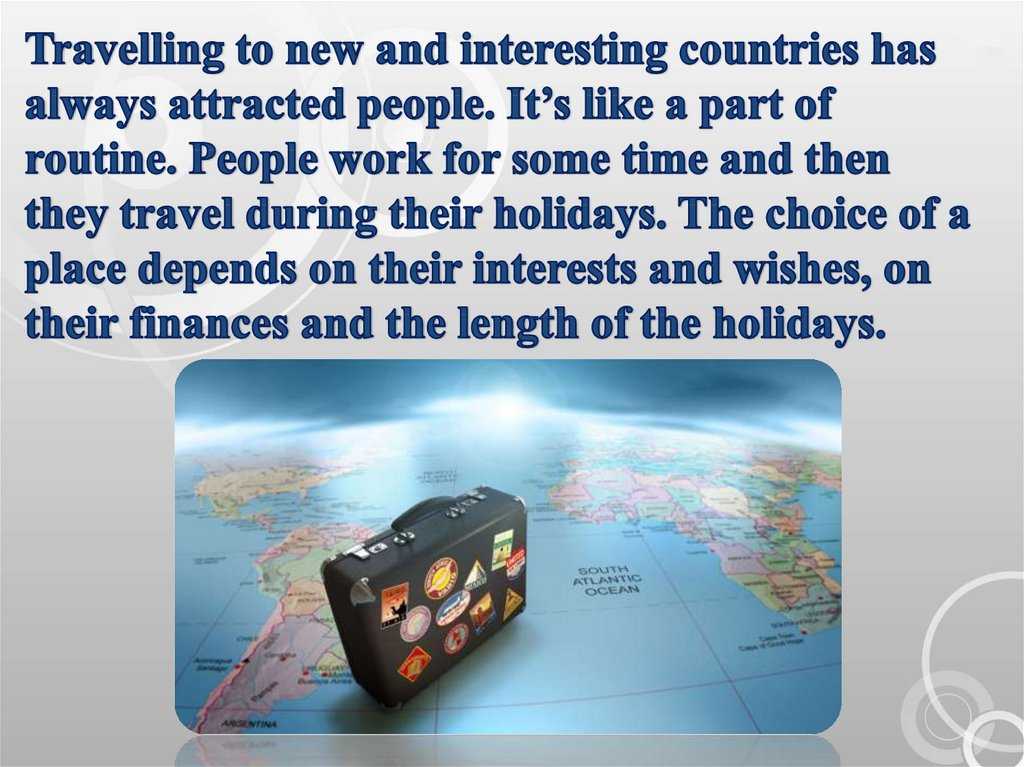 . .” bleary-eyed parents say ominously.
. .” bleary-eyed parents say ominously.
Ignore the naysayers—it is possible to enjoy a robust traveling life after having children. While, yes, it requires enough planning and recon to put a CIA operative to shame, so do basically all aspects of life post-baby. We threw ourselves into the deep end early and often, and now that our daughter is almost 2, she’s been on more than 20 flights to five countries, with trips to spots both exceedingly child-friendly (shout-out to the kids’ club at Round Hill in Jamaica) and . . . well . . . not. (You can take a baby wine tasting in Bordeaux, right?)
Half the stress of traveling with children is simply getting there. Once you’re at your final destination, it all seems to fall into place. (At least, until you have to do it all over again on the return flight.) Here are but a few hard-won pieces of advice about how to travel with a baby while keeping your sanity intact.
Prepare, Prepare, Prepare A simple outing to the park with your baby requires 15 minutes of packing and planning, so a lengthy trip—especially to a foreign country—demands serious preparation. Make a list, check it twice—and then rip it to shreds, because parenting-on-the-go is all about flexibility.
Make a list, check it twice—and then rip it to shreds, because parenting-on-the-go is all about flexibility.
Don’t Over Pack The understandable temptation will be to bring everything and the kitchen sink. Don’t. Figure out what baby gear you can temporarily do without, and have the rest shipped to you using a service such as Baby’s Away. Everything from high chairs to pack-and-plays to toys and beach tents can be waiting for you at your final destination, making the journey itself less stressful. “It makes packing a million times easier and ensures you’ll have everything you need,” says Rebecca Mall, head of industry, media, and entertainment at Google and mother of 19-month-old twins. “And your kids are excited to play with all the new toys, too. Best find ever.”
Schedule Flights During Nap Time Whether your flight is a long haul or a quick jaunt, schedule it during your child’s nap time. If you’re taking a red-eye, pick a departure time that coincides with bedtime.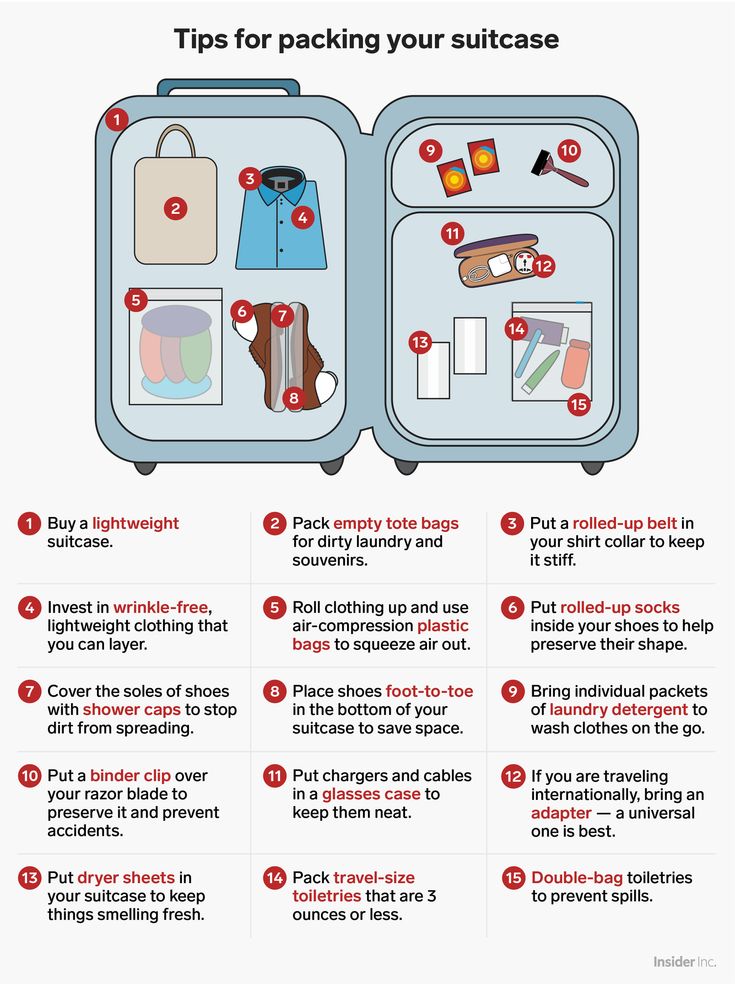 When your baby’s sleep schedule isn’t disrupted, it’ll be a more pleasant experience for everybody.
When your baby’s sleep schedule isn’t disrupted, it’ll be a more pleasant experience for everybody.
Ship Ahead If you’ll be gone longer than a few days, ship ahead items like diapers, wipes, and formula with Amazon or Diapers.com, and luggage with a shipment site specializing in travel, like Luggage Free. “You don't want to be in a strange place with weird diapers or not have access to the food your baby loves, but you don’t want to take up precious luggage space with that stuff, either,” says Kim-Marie Evans, mother of four and founder of the site Luxury Travel Mom.
Be Your Own Pharmacy Whatever might go wrong often will when traveling with kids. Whether it’s a cold, fever, stomach bug, or just a garden-variety headache, it helps to have your own medicine, prescriptions, and supplies at the ready. Otherwise, you might spend 20 minutes wandering the streets of Copenhagen looking for a pharmacy, only to discover that Aleve requires a prescription.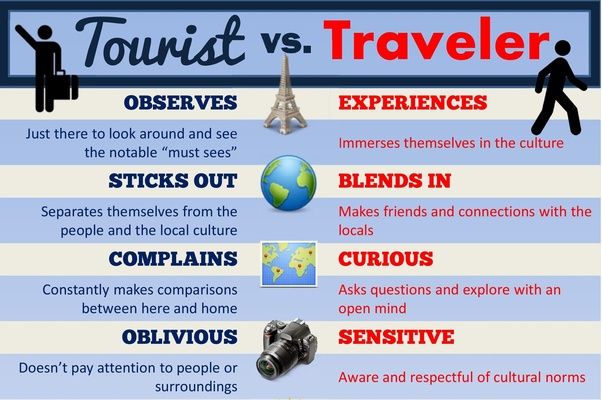 (True story.) Do yourself a favor and bring, at minimum, baby Benadryl, baby Tylenol, a baby thermometer, and adult ibuprofen. Extra points for Xanax and Ambien for mom and dad.
(True story.) Do yourself a favor and bring, at minimum, baby Benadryl, baby Tylenol, a baby thermometer, and adult ibuprofen. Extra points for Xanax and Ambien for mom and dad.
Arrive Early—But Not Too Early Getting to the airport early both minimizes stress and allows your little ones time to run around beforehand and tire themselves out, if they’re already walking. However, excess airport time leads to bored children, which can lead to tears and tantrums. Half an hour earlier than you’d arrive if traveling child-free is usually the sweet spot.
Consider Your Final Destination If you’ll be hiking in New Zealand or strolling over miles of European cobblestones, forgo the convenience of a lightweight umbrella stroller for the mobility of your regular stroller. Keep in mind that standard baggage allowances make exceptions for baby gear: Most airlines will allow you to check a stroller and car seat for free.
But Gate Check the Stroller If You Can If you don’t need to bring your behemoth day-to-day stroller because of terrain, don’t—instead, gate-check a lightweight umbrella stroller.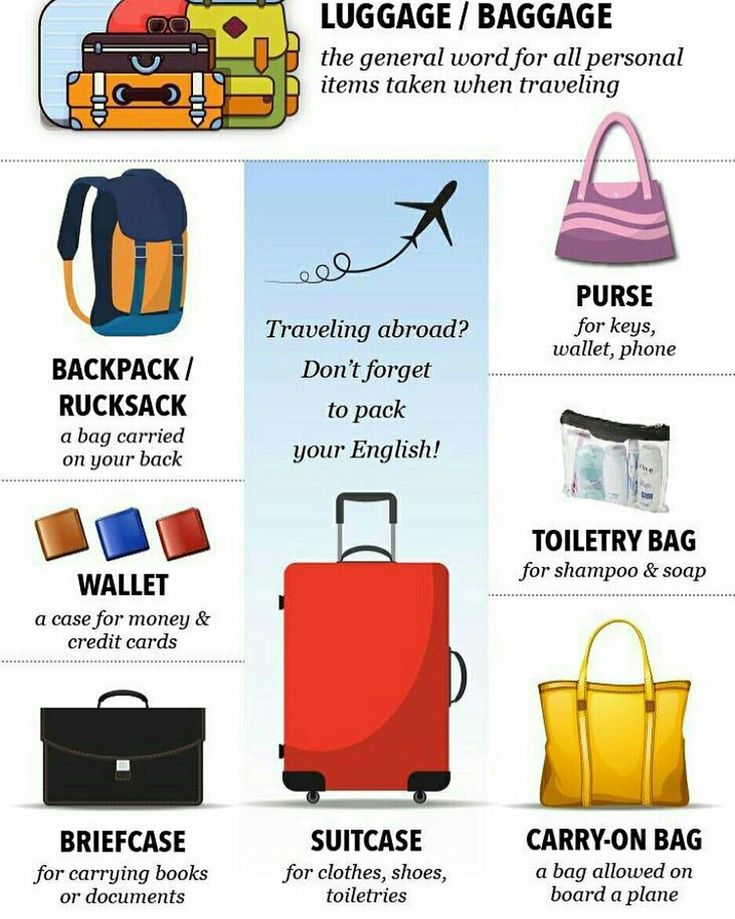 Some swear by the Babyzen Yoyo (which folds easily and can be stored in the overhead bin), others by the über-light UPPABaby G-Lite; my umbrella-of-choice is the Summer Infant 3D Lite, which reclines for naps-on-the-go—a critical feature.
Some swear by the Babyzen Yoyo (which folds easily and can be stored in the overhead bin), others by the über-light UPPABaby G-Lite; my umbrella-of-choice is the Summer Infant 3D Lite, which reclines for naps-on-the-go—a critical feature.
Most Popular
Buy a Seat for Your Baby For a long-haul flight, having an extra seat for your child—even if they’re under 2, when they can ride in your lap for free—is a must. Flights are always smoother when your child has their own space, and even the crankiest child is more likely to fall asleep in his car seat. (And if you’re flying first or business class—yes, children are allowed, despite what the evil glares from cabinmates might have you think.)
Even If You’re Shipping Everything Else Ahead, Always Bring a Car Seat Domestic airlines allow you to bring a car seat on board if there’s an open space, meaning you might luck into a seat for your under-two’s even if you haven’t purchased one.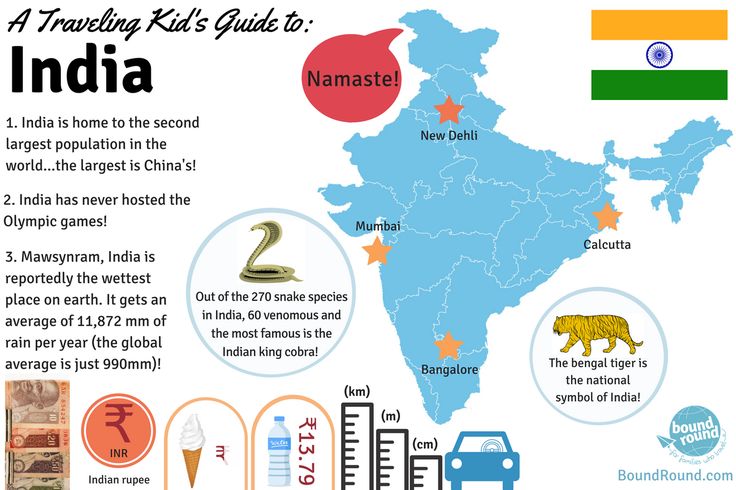 (We’ve gotten lucky on international flights, too, although it’s rarer.) When you check-in, ask if the flight is full: if it’s not, bring the car seat through security to the gate. If the flight suddenly becomes full, you can gate-check it using a protective car seat bag like the JL Childress. It’s also worth investing in a lightweight and compact convertible car seat solely for your travels—two favorites are the Cosco Scenera Next, which weighs just 10 pounds, or the Graco ComfortSport, which weighs 12 pounds.
(We’ve gotten lucky on international flights, too, although it’s rarer.) When you check-in, ask if the flight is full: if it’s not, bring the car seat through security to the gate. If the flight suddenly becomes full, you can gate-check it using a protective car seat bag like the JL Childress. It’s also worth investing in a lightweight and compact convertible car seat solely for your travels—two favorites are the Cosco Scenera Next, which weighs just 10 pounds, or the Graco ComfortSport, which weighs 12 pounds.
Be Seat Savvy If your baby is fewer than 20 pounds, reserve a bulkhead seat to take advantage of the bassinet, which can attach to the wall—plus, obviously, to enjoy extra legroom. If the bulkhead isn’t an option, try reserving an aisle and window seat in the back of the plane. It’s often the last row to get filled, and if you happen to have a stranger in between you and your partner, they’ll frequently swap. Many airlines are now reserving the last two rows for families, so that’s another reason to get to the airport early and claim those seats at the gate, especially if you have multiple kids.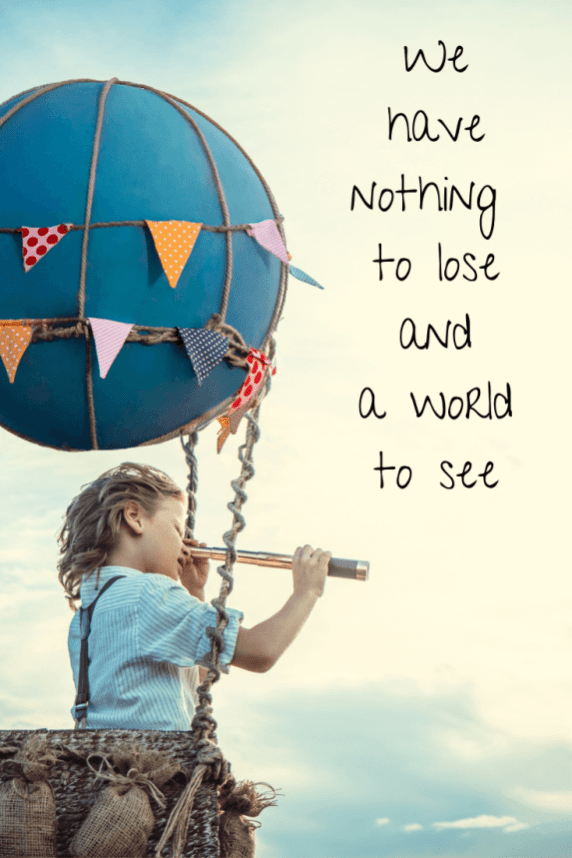
Baby Wear Baby carriers can be lifesavers when traveling. Not only can you wear children through security—leaving you with two free hands for strollers, carry-ons, or boarding passes—but they’ll also come in handy when visiting museums, beaches, or other places where strollers either aren’t practical or aren’t permitted. They also allow for discreet breastfeeding, especially helpful during takeoff and landing.
Most Popular
Bonus: A baby strapped to your chest is a baby not crawling around, running down the aisles, or banging on the seat in front of you.
Prepare for the Worst on the Plane Think of the worst flight you ever took: the one where your flight was delayed, and you spent several hungry, cranky, miserable hours in the terminal or on the tarmac. Now imagine that with a baby. Even if you’re only flying a short distance, be prepared for the worst-case scenario, which means an iPad pre-loaded with kid-friendly content, a change of clothes for you and the baby, and enough diapers, formula, and snacks (if you’re not breastfeeding or your child is older) to last for up to 24 hours.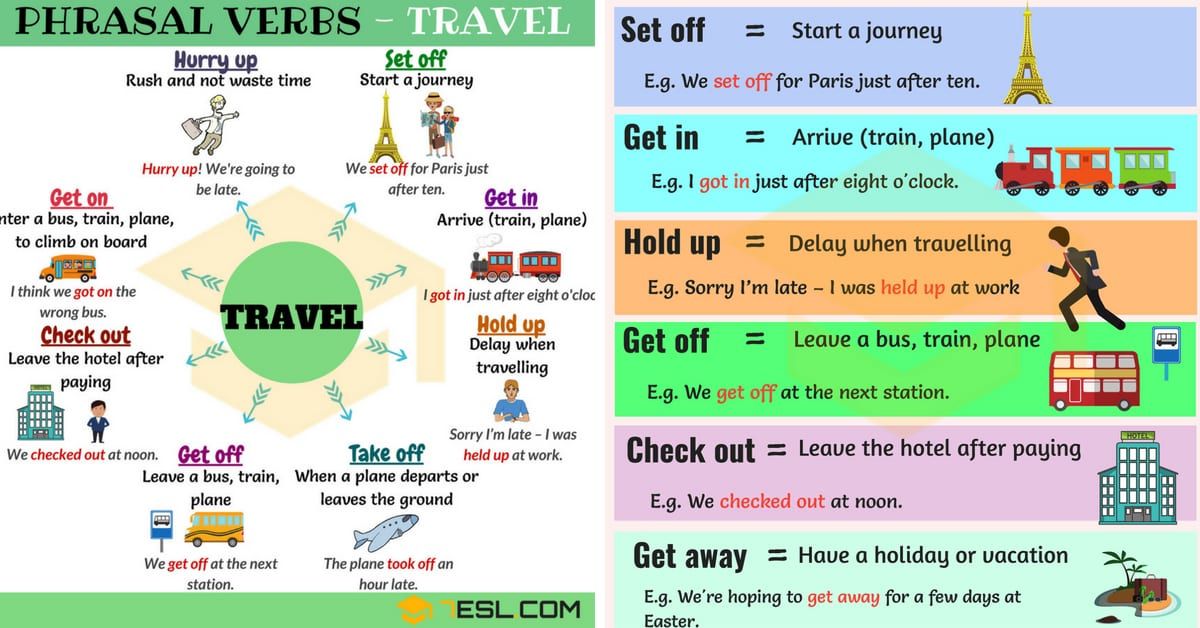 Mother-of-three Stacey Bendet, CEO and Creative Director of Alice and Olivia, says, “iPads are an airplane mom’s best friend, I’m not opposed to travel bribes and keep an emergency Starburst stash, and I always have at least two outfit changes for everyone in case of spills and ills.”
Mother-of-three Stacey Bendet, CEO and Creative Director of Alice and Olivia, says, “iPads are an airplane mom’s best friend, I’m not opposed to travel bribes and keep an emergency Starburst stash, and I always have at least two outfit changes for everyone in case of spills and ills.”
Spring for VIP Services Whether it’s curbside check-in, expedited lines, or pre-boarding, VIP services at the airport will make the entire experience that much more enjoyable for you. Philanthropist Allison Weiss Brady, mother of two, swears by American Airlines Five Star Service, which starts at $250 per adult. “A representative from the airline greets you curbside, gets you right to the front of security, and then you have a mini-adventure on their golf cart en route to your gate, where they walk you right onto the plane,” she says. Delta and United offer VIP programs, too.
Get TSA PreCheck and Global Entry TSA understaffing means that airport security lines are expected to be especially long this summer, with travelers advised to get to the airport a mind-numbing three hours early. Skip the queue with TSA PreCheck. For only $85, TSA PreCheck provides you with five years of shorter lines, expedited screening, and the ability to leave your shoes on while going through security. If you travel internationally, Global Entry costs $100 and allows you to zip through customs when returning to the US, plus enrolls you in TSA PreCheck automatically.
Skip the queue with TSA PreCheck. For only $85, TSA PreCheck provides you with five years of shorter lines, expedited screening, and the ability to leave your shoes on while going through security. If you travel internationally, Global Entry costs $100 and allows you to zip through customs when returning to the US, plus enrolls you in TSA PreCheck automatically.
Rent an Apartment House or apartment rental sites like VRBO, Airbnb, or Home Away help mimic a home environment, which can be especially helpful when traveling with babies and needing to frequently clean bottles, stock milk, or make special meals. Some cities have their own luxury rental sites, like Paris Perfect in the City of Lights, or One Fine Stay in London.
Most Popular
Family-Friendly Can Still Be Luxurious Sure, you could forgo the Four Seasons for the Hampton Inn—but why? “We've just done our most luxurious travel ever this year with our 13-month-old son, Henrik,” says Kathleen Porter Kristiansen, founder of the site Triple Passport.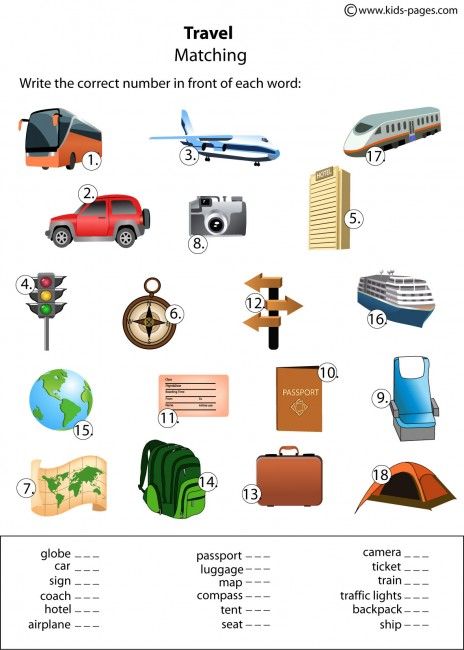 “Luxury travel is absolutely possible with kids—he’s been on 19 flights to eight countries.” Many five-star hotel chains have their own programs for the littles—Ritz-Carlton, Four Seasons, Grand Hyatt, Rosewood Collection, and St. Regis all offer kids programs with varying levels of activities, play structures, and even babysitting.
“Luxury travel is absolutely possible with kids—he’s been on 19 flights to eight countries.” Many five-star hotel chains have their own programs for the littles—Ritz-Carlton, Four Seasons, Grand Hyatt, Rosewood Collection, and St. Regis all offer kids programs with varying levels of activities, play structures, and even babysitting.
Request a Crib Ahead of Time Call the hotel in advance to request a pack-and-play, if you haven’t shipped one ahead, but remember to bring your child’s own sheets and loveys. The familiar scents of home will help them sleep better in a foreign environment. Telling a hotel you’re traveling with children also ensures a quieter room away from the elevators and with a tub.
Book An Extra Night Hotels often won’t let you check in until the afternoon, which can be problematic if you’re taking a red-eye and due to land at your final destination early in the morning. Brady recommends booking your hotel room from the night before.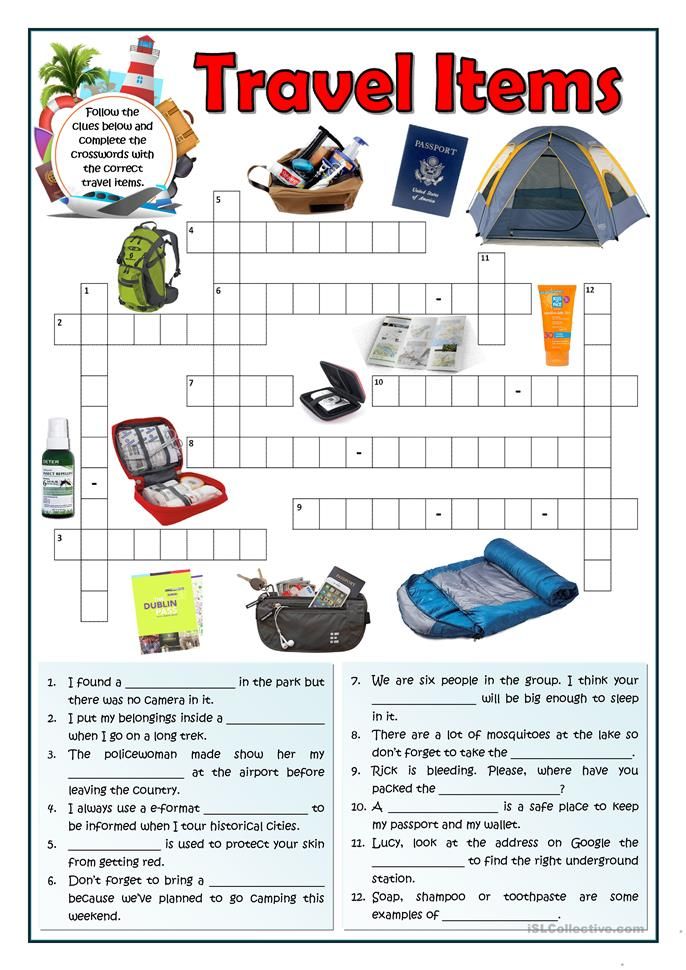 “That way, you can get into your room as soon as you arrive in the morning, have a good nap with the kids, and be fresh for an afternoon of sightseeing,” she says.
“That way, you can get into your room as soon as you arrive in the morning, have a good nap with the kids, and be fresh for an afternoon of sightseeing,” she says.
Out of Sight Whenever possible, book a suite or a room with a living room or two adjoining rooms so that your baby can sleep in the other room without seeing you. If a suite isn’t an option, get creative: The hallway or even bathroom can be excellent places to put the crib so you’re not in your baby’s line of sight at 6:00 a.m.
Stay On Your Own Time Zone The clock says 8:00 p.m. in your new destination, but to your child, it’s only 3:00 p.m. What to do? Consider keeping them on a schedule that’s as close to your original time zone as possible. If you’re traveling to Europe, this could mean wake-ups at noon and bedtime at midnight—confusing for nosy passers-by who see you out with your children at 9:30 p.m., but potentially easier for both you and the kids.
Most Popular
But Give it Three Days If You Can’t However, if staying on your own time zone isn’t practical—especially for trips longer than a week—babies are surprisingly flexible.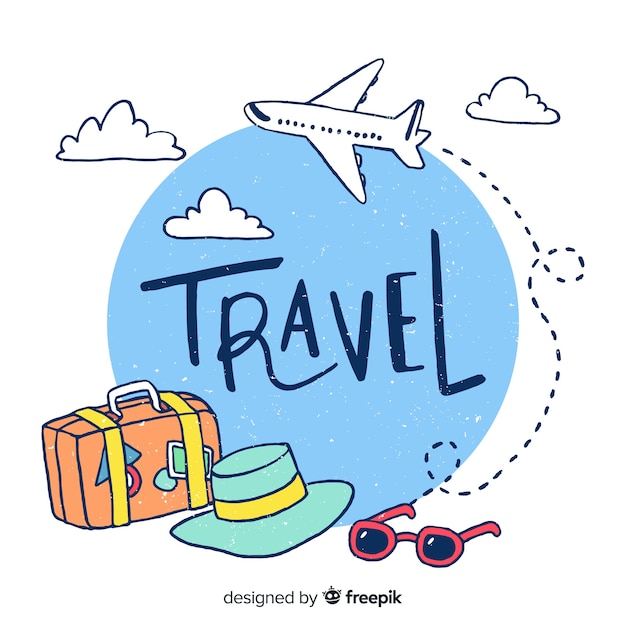 (No, really.) After three days of crankiness and middle-of-the-night wake-ups, your little one will adjust to the new schedule.
(No, really.) After three days of crankiness and middle-of-the-night wake-ups, your little one will adjust to the new schedule.
Nap on the Go As schedule enthusiasts, my husband and I were terrified the first time our baby had to nap on the go. Turns out, kids are surprisingly malleable (when they’re young, at least). A little white noise on the iPhone, a swaddle or blanket over the stroller to block out light, and a long walk around town ensures museums or lunch for you while they’re zonked.
Babysitters are Your Friends If you feel comfortable leaving your children with a sitter, most five-star hotels have relationships with local babysitting agencies and can arrange a background-checked sitter for you. As weird as it might sound having a stranger in your hotel room, it’s a common request—although be forewarned that some agencies won’t allow hotel sitters to bathe children or perform certain duties. For children going through separation or stranger anxiety, book a late dinner and arrange for the sitter to come after they’re asleep.
Eat Early Just because you’re traveling with children doesn’t mean you’re condemned to a vacation involving kid’s menus and paper tablecloths. For nights when you don’t have a babysitter, figure out which restaurants you’re dying to try—and then book in for right when they open. Yes, this will occasionally mean 5:00 p.m. dinners, but you won’t have to endure nasty looks or rush out if the kids start acting up, and you’ll still be able to enjoy that hot new restaurant—no babysitter required.
Shiny and New While an iPad is a godsend for children as young as one year, they’re all but useless for infants—though great for you when your baby inevitably falls asleep in a weird position that means absolutely . . . no . . . moving. Babies can be distracted by shockingly pedestrian items: keys, tissues, even tape. “For on the plane activities, I usually bring a few small zippered bags filled with little toys to unwrap and play with,” says Marissa Hermer, restaurateur and mother of three. “Anything new, fun, and small makes the journey fly by.”
“Anything new, fun, and small makes the journey fly by.”
How to issue consent for a child to travel abroad in 2022: permission, consent, paperwork
November 24, 2022
what documents are needed and what conditions to comply with.
Learn how to find your child's whereabouts with the My Find app. This is especially important when you travel to an unfamiliar place.
Download My SearchContents
Expand
COVID-19 requirements for travelers to and from other countries.
Let's start with this, as the coronavirus continues to affect the situation with the opening of borders. When planning a vacation, make sure that the destination country is ready to receive travelers.
Egypt, Turkey, Thailand, Maldives, Dominican Republic are among the most popular beach destinations abroad among Russians. At the end of 2022, tourists, as a rule, no longer require a certificate of vaccination against COVID-19or PCR test. Among such countries are Turkey, Egypt, Thailand.
Among such countries are Turkey, Egypt, Thailand.
A list of eligible countries can be found on the website of the Federal Tourism Agency. In addition, tour operators publish up-to-date information.
Please note: from October 1, 2022, unvaccinated Russian citizens who return from abroad will no longer need to take a coronavirus test.
Traveling abroad with a child with both parents
If a child goes on vacation abroad with mom and dad, only passports are needed. But at the border they may require papers confirming kinship or guardianship. Just in case, take with you a birth or guardianship certificate, a marriage certificate or a change of surname if it is different with your child. nine0003
Traveling with a child abroad with one of the parents
A notarized consent from the second parent is not required for the child to travel abroad, it does not matter if the spouses are married or divorced.
Consent may be required to apply for a visa, mainly for Schengen.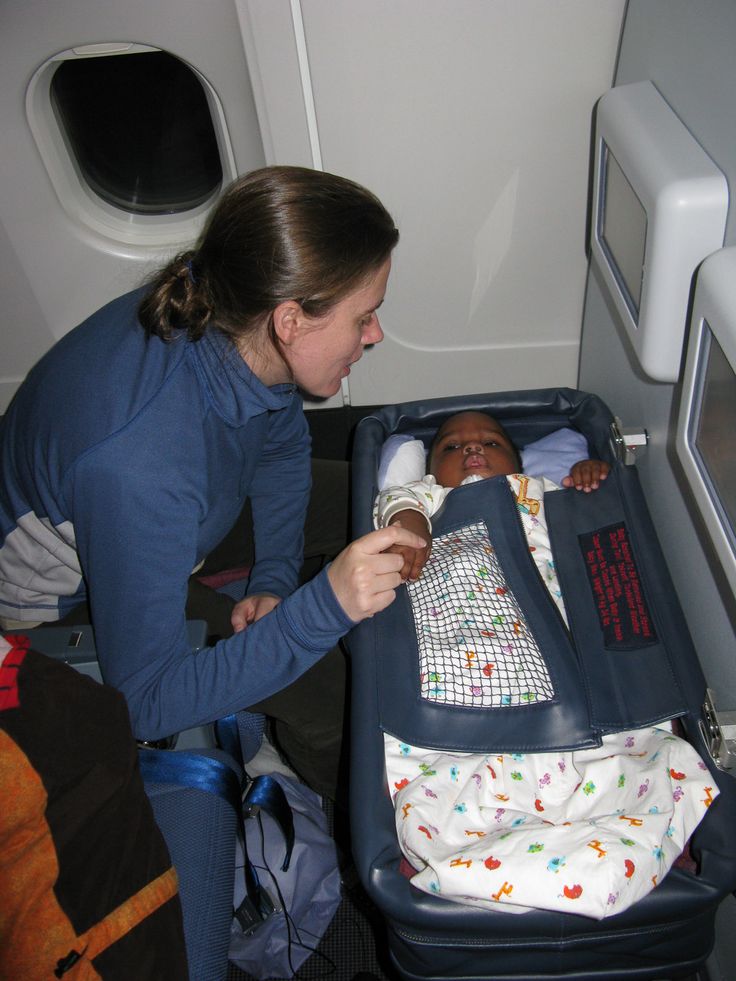 You can check this point on the website of the consulate of the country of destination.
You can check this point on the website of the consulate of the country of destination.
To travel with a child, the following documents are required:
- the child's international passport;
- proof of relationship/guardianship:
- birth certificate;
- certificate of guardianship;
- if the surnames do not match - a certificate of marriage or a change of surname.
Material on the topic
How to set up a smartphone for a child
Ban on travel abroad for a child by one of the parents
Each parent has the right to issue a ban on taking a child abroad by submitting an application to the FMS. Together with the application, a passport, a birth certificate of the child and a document of his citizenship are provided. Consideration of such applications takes two business days. After that, the information is transferred to the database of the Ministry of Internal Affairs and the border service.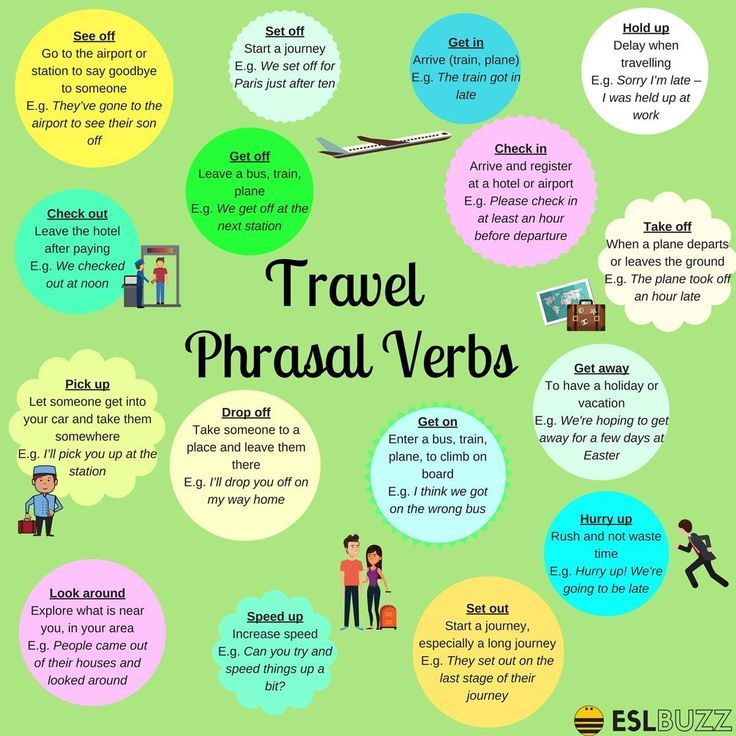 nine0003
nine0003
You can set a single border crossing ban or specify specific countries. In addition, the period of validity of the ban is indicated.
Only the person who gave it can lift the travel ban, and it can only be challenged through the courts. Therefore, if you are divorced, be sure to check before the trip if there is a ban on leaving the child, otherwise they will not let him through at the border.
You can find out if your child has a valid travel ban at the department of the Federal Migration Service at the place of residence or through a written request to the department. nine0003
Traveling with a child abroad with an adult, but not with a parent (guardian)
A child can go on vacation with a grandparent, aunt or uncle, older brother or sister, coach or other accompanying person. This trip requires consent from one parent.
This document specifies with whom, where and for how long the child is traveling. They issue consent for a specific trip or a certain period and notarize it.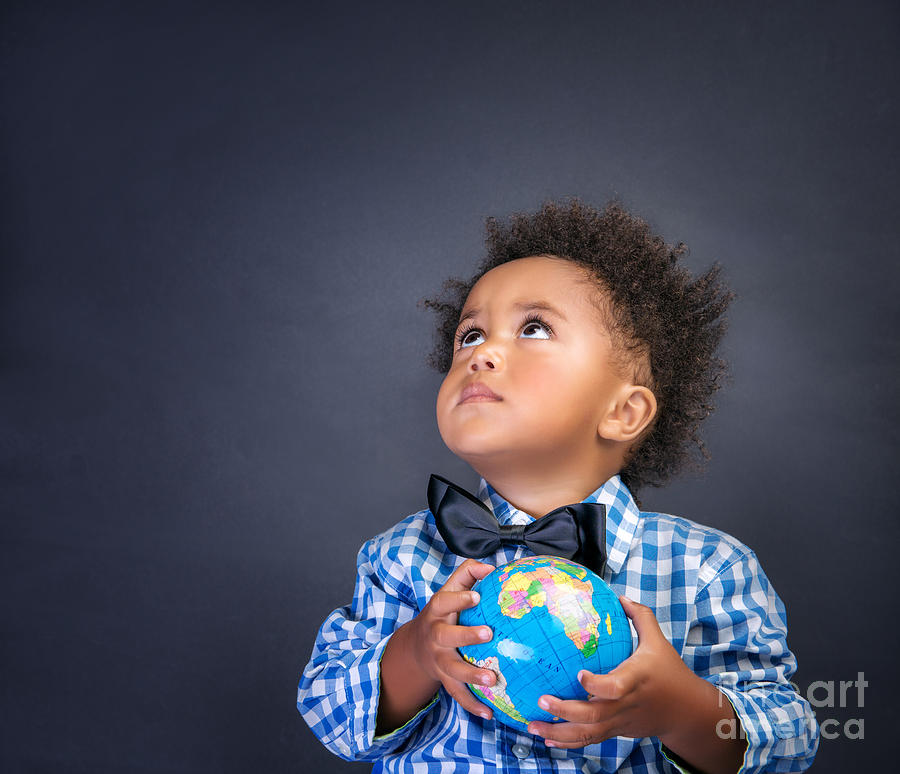
But even if you have all the necessary documents, the border guards may ask the child with whom and where he is going, the names of his father, mother, grandmother, etc. Warn the child about this so that he does not get confused and does not refuse to answer. nine0003
Child traveling abroad unaccompanied by adults
In such a case, the rules of the Ministry of Transport apply:
-
children under 2 years old, as well as disabled children under 12 years old, can travel abroad only accompanied by an adult;
-
from 2 to 12 years old - accompanied by an adult or under the supervision of a carrier. The observation service is provided by airlines for a fee, for example, in Aeroflot it costs 85 EUR. Issue it when buying a ticket. You need to write an application and attach scans of documents - their list is indicated on the airline's website. The conditions for the provision of the service are also spelled out there, including age restrictions: some carriers do not provide an accompanying child under 5 years old; nine0003
-
from the age of 12 - the child can travel alone if there is no travel ban from parents or guardians.
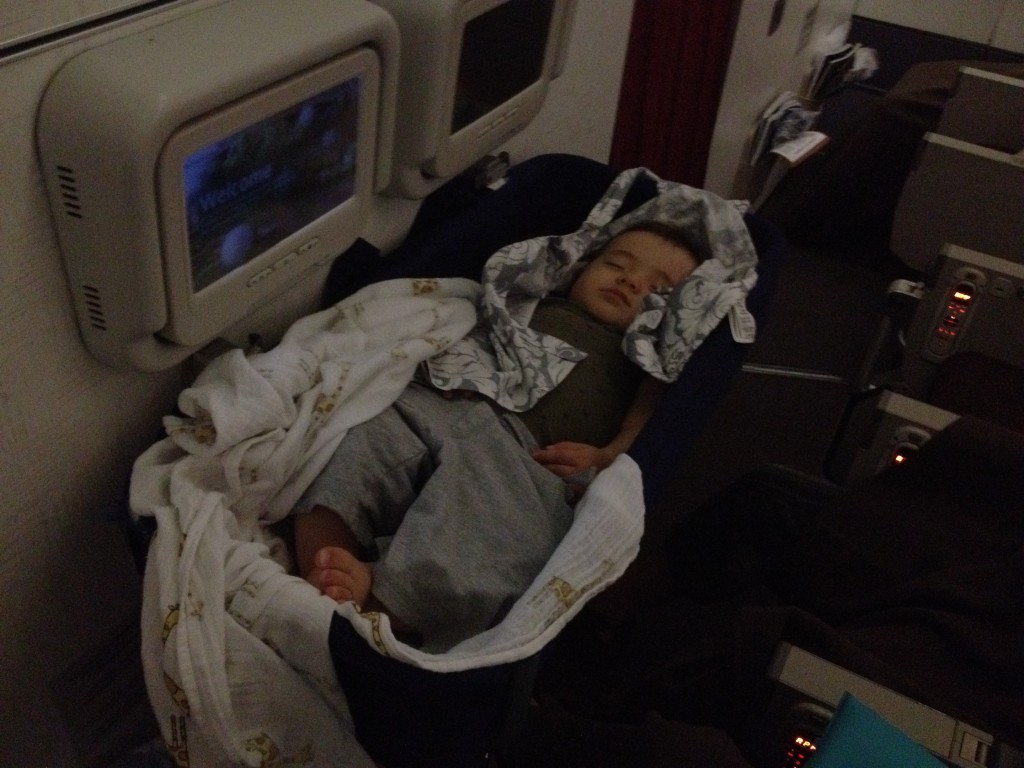 When traveling abroad without a mother or father, the child will need a notarized permission from only one of the parents. Required documents:
When traveling abroad without a mother or father, the child will need a notarized permission from only one of the parents. Required documents: - international passport of the child;
- consent from one of the parents, provided there is no prohibition from the second. The consent must be translated into the language of the country where the child is going, or into English, notarized and affixed an apostille - a stamp confirming the legal force of the document. Some countries may require consent from the other parent as well. Check with the consulate of the destination country in advance. nine0037
Summary: what you need to do to go on holiday with a child abroad
- If applicable, check with the FMS if there is a ban on the child traveling abroad from the second parent.
- Get a notarized consent if the child goes on vacation without parents.
- Take your birth certificate with you, and if your surname has changed and does not match the child's surname, also a document confirming the change of surname.

Whenever you travel with the My Search app, you will know where your child is. Think about it ahead of time. nineOl000 : how to protect yourself from injuries and other troubles
Children December 29, 2022
Benefits for large families: what are the provisions and how to get
Children December 27, 2022
What to do if a child is lost
Popular
New Year December 20, 2022
Instead of socks and rabbits: seven budget but interesting gifts for the New Year
Games December 20, 2022
2022
"Christmas for two" and other New Year's films in which everything went wrong
MTS services
Traveling abroad with a child. Life hack for parents
Traveling with a child is not only the joy of a joint vacation, but also an increased risk and increased responsibility. A lot of questions arise - from permission to leave to the choice of a hotel and medical insurance. hotline.travel. prepared a life hack for parents with tips on how to safely travel abroad with a child and nuances for a comfortable stay on vacation.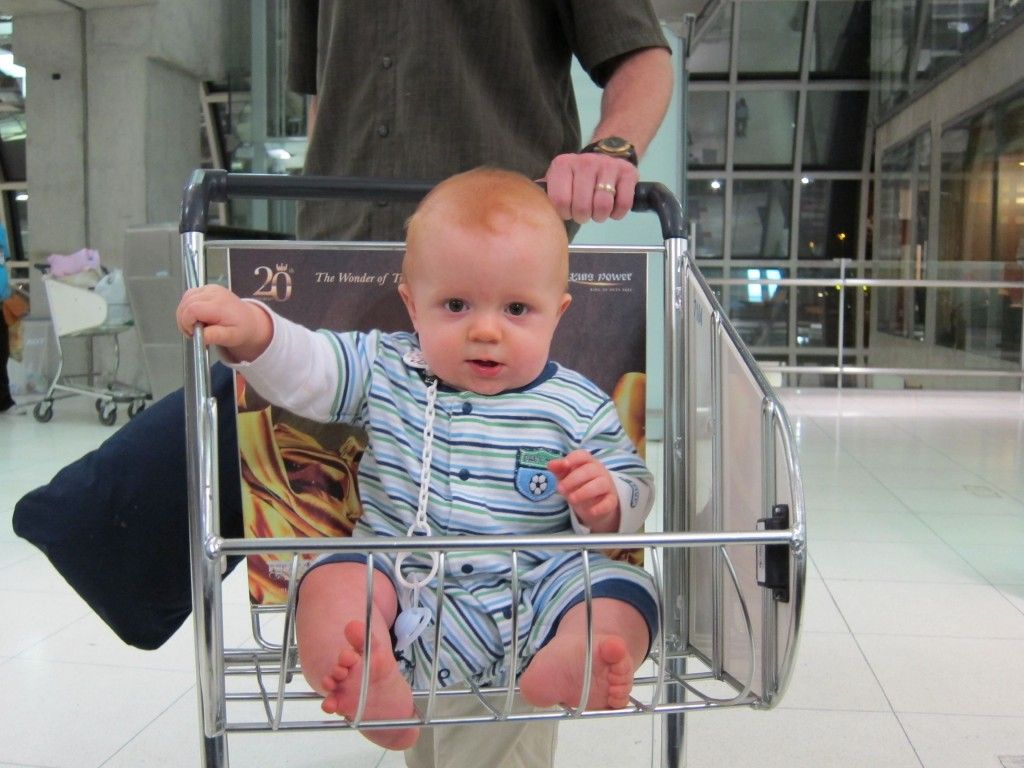
Travel permit
Most often, parents who are divorced have problems with leaving, especially if one of the parents does not give consent for the child to go abroad. nine0160
In this case, almost all the consulates of the Schengen countries accept documents with a strict power of attorney from the second parent, issued in an apostille (a standardized form for filling out a document with a mandatory translation into the language of the consulate and a notary's seal).
Tourists traveling with children to visa-free countries, such as Turkey, are treated more loyally by border guards. It is enough that one of the parents is with the child. nine0003
According to Federal Law No. 114 “On the procedure for leaving the Russian Federation and entering the Russian Federation”, adopted by the State Duma on July 18, 1996, permission from the second parent is not required, provided that there is no ban on taking the child out through the courts.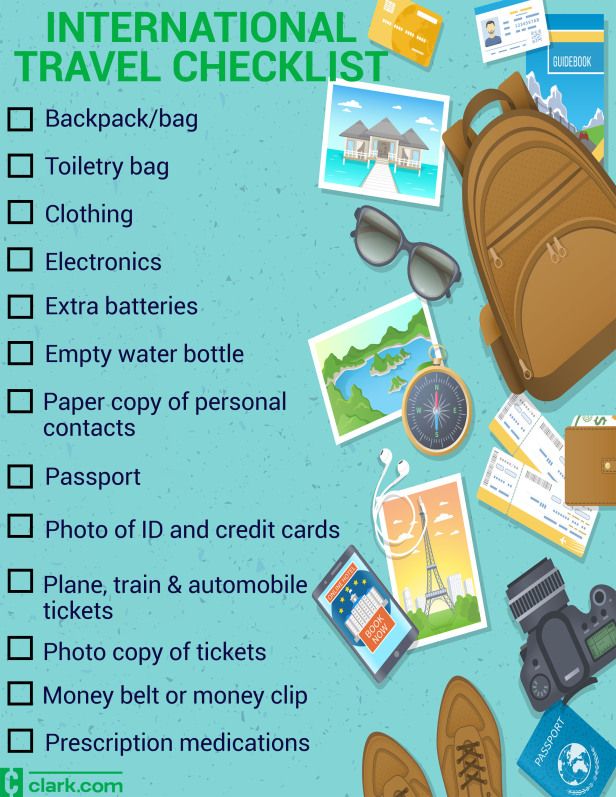 In this case, the problem should already be resolved by the parents in court. And if the baby is traveling with a grandmother or another third party, then without the permission of both parents it is no longer possible to do.
In this case, the problem should already be resolved by the parents in court. And if the baby is traveling with a grandmother or another third party, then without the permission of both parents it is no longer possible to do.
Despite the relative loyalty of Russian border guards to parents traveling to visa-free countries, any self-respecting travel agent will definitely warn the client that permission from the second parent may still be required. Because one thing - domestic laws and quite another - the requirements of foreign states, which can, as they say, find fault. So in any case, reinsurance does not hurt. nine0003
But what if the second parent does not want to give power of attorney to leave the child? Simply put, he gets into a pose. In this case, the first parent has several options - to try to negotiate, sue and deprive the former spouse or spouse of parental rights (in this case, consent is no longer needed) or wait until the child turns 18, and until then choose visa-free destinations for holidays. At the same time, it is one thing to go to court with a lawsuit that the father does not let the child go to Spain for permanent residence, and it is quite another to complain about the constant obstacle to the child's recovery at sea. The latter argument will be more weighty in the eyes of the court, lawyers say. nine0003
At the same time, it is one thing to go to court with a lawsuit that the father does not let the child go to Spain for permanent residence, and it is quite another to complain about the constant obstacle to the child's recovery at sea. The latter argument will be more weighty in the eyes of the court, lawyers say. nine0003
It happens that one of the parents is in Moscow, and the second one lives in another city. At the same time, their relationship is not developing in the best way. Often, travel agency clients change their faces when they realize that communication with the second parent cannot be avoided.
It is important to understand that consulates do not delve into other people's family difficulties; among thousands of requests a day, no one will consider the situation in piece mode.
But, as a rule, these stories end well - in the vast majority of cases, the second parent agrees to the child's departure abroad. nine0003
Often, single mothers have problems with leaving when there is a dash in the child's birth certificate opposite the father's column.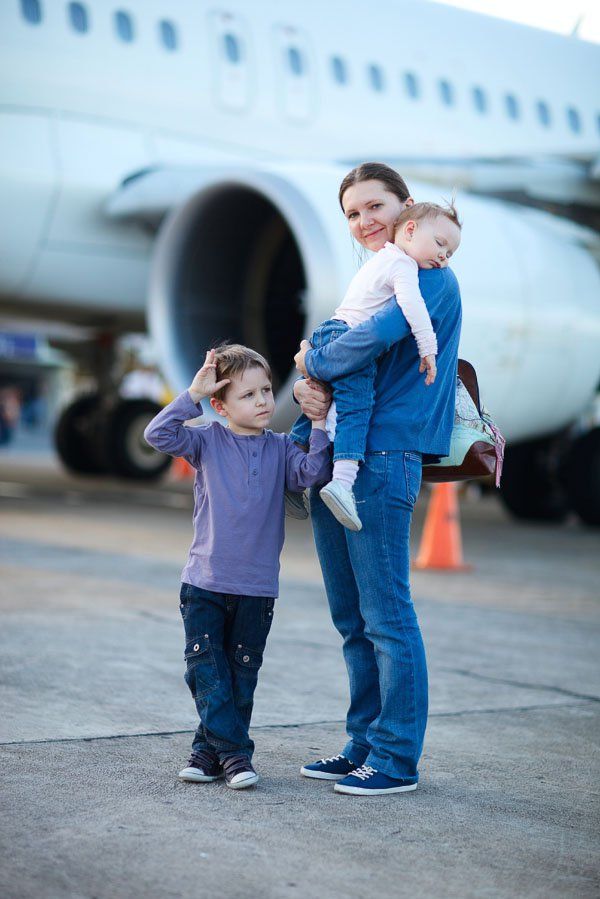 In this case, as a rule, they are required to provide additional documents confirming their well-being and the ability to provide for a child abroad, as well as confirming their single family status.
In this case, as a rule, they are required to provide additional documents confirming their well-being and the ability to provide for a child abroad, as well as confirming their single family status.
Child's passport
A few years ago, it was not necessary to issue a foreign passport for a child - a visa for a baby was pasted directly into the passport to the parents. These are old-style passports. nine0160
Today, many countries do not accept such visas, so a child needs a passport. Fortunately, this procedure is not too long - for babies under two years old, a passport is issued in just one week.
The list of visa countries requiring a separate passport for a child is all Schengen countries, Bulgaria, India (both countries have their own visas). The United Arab Emirates, although it has simplified the process of obtaining a visa, still requires separate passports from its young foreign guests. nine0003
hotline. travel. I have already told the story of a ten-year-old tourist from Ugra, who was denied travel abroad by border guards because of a photo in her passport, where she was captured at the age of three months. The border guards motivated their decision by the fact that they could not identify the identity of the grown girl from an infant photograph.
travel. I have already told the story of a ten-year-old tourist from Ugra, who was denied travel abroad by border guards because of a photo in her passport, where she was captured at the age of three months. The border guards motivated their decision by the fact that they could not identify the identity of the grown girl from an infant photograph.
In order not to get into such situations, it is not necessary to issue a passport for babies for a period of 10 years. In this case, it is really impossible to carry out a full identification of a person, so the border guards will be right in any case. A five-year passport will be more than enough, especially since it costs less and is issued faster. nine0003
If the surnames of the parent and child are different, you should take a copy of the birth certificate with you, preferably a notarized one. You do not need to bring originals with you. In any case, both an internal passport and a birth certificate are documents only on the territory of our country. You are more likely to lose or forget your document at the hotel than it is to come in handy.
You are more likely to lose or forget your document at the hotel than it is to come in handy.
long distance flights
Another problem for citizens traveling abroad with children is long-haul flights. In the autumn-winter period, the Russians do not have the largest selection of hot countries where you can fly with a child. Few in Russia can afford a winter holiday in the United Arab Emirates during the season when the Mediterranean is already cooling down. Other visa-free countries with hot winter climates usually require long flights. nine0003
If the child is an infant (under two years old), the airline allows him to fly on his parent's lap. Three hours from Moscow to Antalya in this mode can still be experienced, but if you are going to the tropics, tour operators recommend purchasing a separate seat for the baby on the plane, especially if money allows. Transferring such a flight will be much easier for both the parent and the baby. For more tips on how to survive a long haul flight, read here. nine0003
For more tips on how to survive a long haul flight, read here. nine0003
If you are traveling with a stroller, airport employees will pick it up from you when boarding the plane, at the gangway or at the air bridge, and they will give it out at the gangway.
High-level airlines provide strollers for free. Even if you have a connecting flight, the stroller will be issued to you at each destination.
Cancellation insurance
Travel insurance is of particular relevance when it comes to traveling with a child. Children get sick often and get sick suddenly, so it may not be superfluous for parents to cover such risks. If the child falls ill, it will be an insured event, but a number of inconveniences come into force here. Not all insurance companies are equally willing to rush to compensate for the money spent. All companies have their own requirements. Many do not recognize outpatient treatment and require a certificate from the hospital, others recognize both documents, but it takes months to return the money.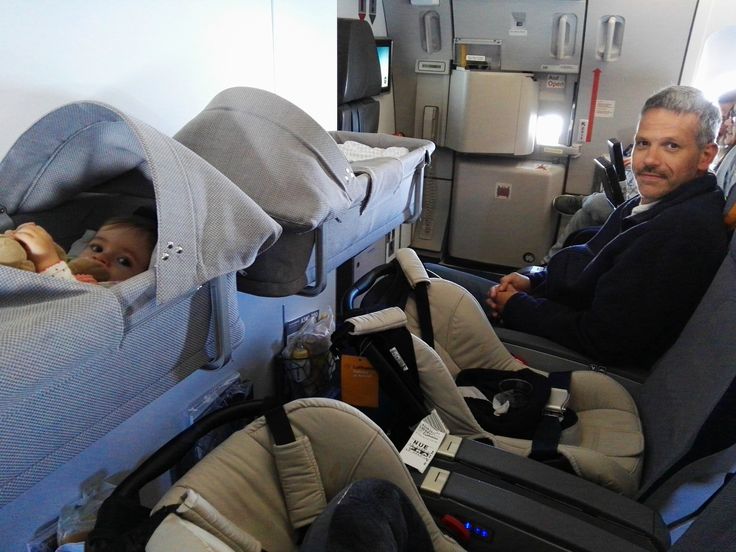 The way out of the situation can be extended insurance from the company, which covers all the listed risks, providing tourists with a better product than other competitors in the market with a standard set of services. nine0160
The way out of the situation can be extended insurance from the company, which covers all the listed risks, providing tourists with a better product than other competitors in the market with a standard set of services. nine0160
Medical insurance for a child
The second product that is more than mandatory when traveling abroad with a child is health insurance. The standard insurance that is included in every package tour formed by the tour operator is usually cheap and does not cover many of the troubles that can happen on vacation with a child. It, although it has a deductible - $ 30-50, which must be paid on the spot, does not include chronic diseases, childhood infections and everything related to the sun - sunburn and sunstroke. Therefore, many tour operators strongly recommend that parents buy extended insurance, since it costs from $ 2 per day per person, depending on the amount of coverage and direction. This, you see, is not at all a lot of money so that mom and dad can sleep peacefully on vacation.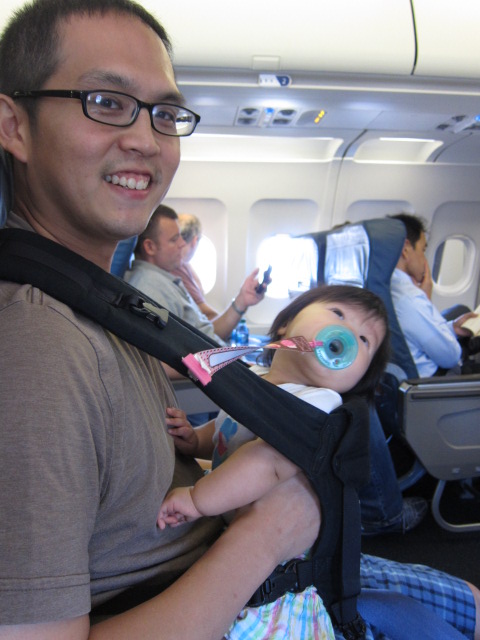 nine0160
nine0160
According to statistics, most often it is children from 0 to 12 years old who seek medical help abroad, or rather, their parents. For this reason, some insurance companies have "childish" correction factors that can slightly increase the cost of even standard insurance. In general, the conditions for insuring children on the market are no different from adult insurance, says Yulia Alcheeva, Executive Director of ERV Insurance Company .
According to her, the features of children's insurance are that at least half of insurance cases with children occur due to parents' oversight. This means that exactly half of the misfortunes that happen to children abroad could have been avoided with the right attitude. Insurers tell many cases when parents' neglect is fatal for a child, and they strongly recommend not to leave babies unattended, especially on the water - in the sea or in the pool. nine0003
The lion's share of troubles happens due to the fact that parents do not attach due importance to certain symptoms that have arisen in a child.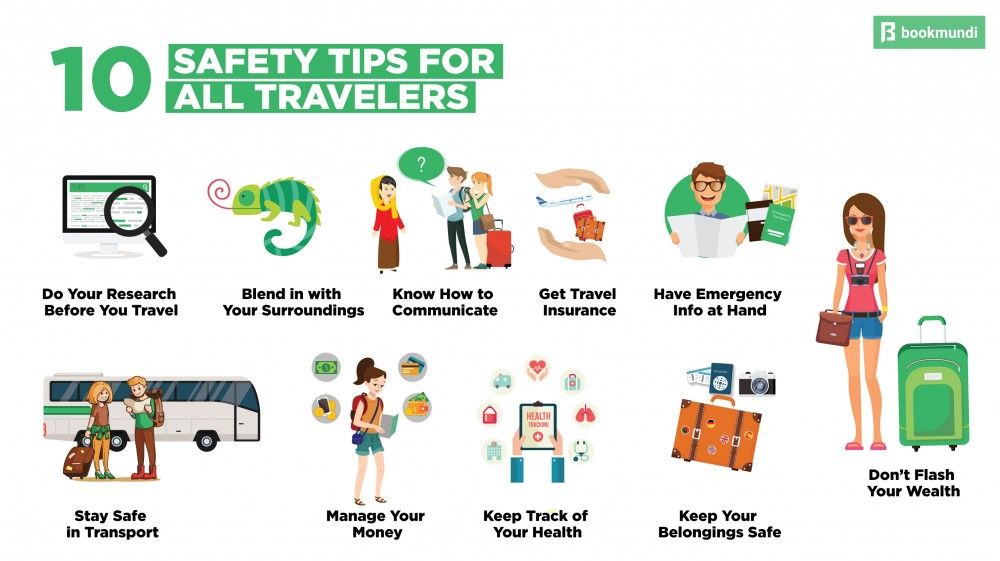 Yulia Alcheeva tells a case when a girl died from the dengue virus in Thailand because her father did not pay much attention to her high temperature for seven days and knocked her down with aspirin on his own. It should be remembered that the temperature in a child under the age of three is a very dangerous signal, and here it is better to be safe and run for help to the reception than to reap the benefits of your own carelessness, the director of the company insists. The same dangerous childhood symptoms include diarrhea of any origin. The reason is the rapid dehydration of the child's body. nine0003
Yulia Alcheeva tells a case when a girl died from the dengue virus in Thailand because her father did not pay much attention to her high temperature for seven days and knocked her down with aspirin on his own. It should be remembered that the temperature in a child under the age of three is a very dangerous signal, and here it is better to be safe and run for help to the reception than to reap the benefits of your own carelessness, the director of the company insists. The same dangerous childhood symptoms include diarrhea of any origin. The reason is the rapid dehydration of the child's body. nine0003
A first-aid kit when traveling with a child is a must, but if we are talking about the listed symptoms, it is better not to self-medicate for a long time and, if necessary, not be afraid to activate your insurance and call a doctor.
****
In general, experts advise tourists traveling abroad with a child not to “turn off” their heads, to be collected and quickly mobilized if necessary.

